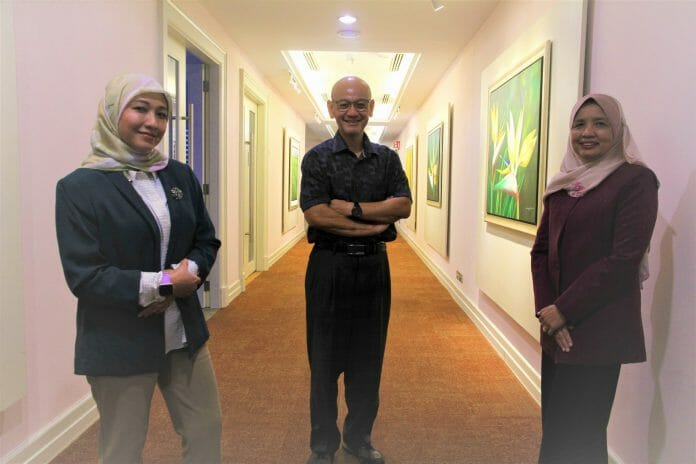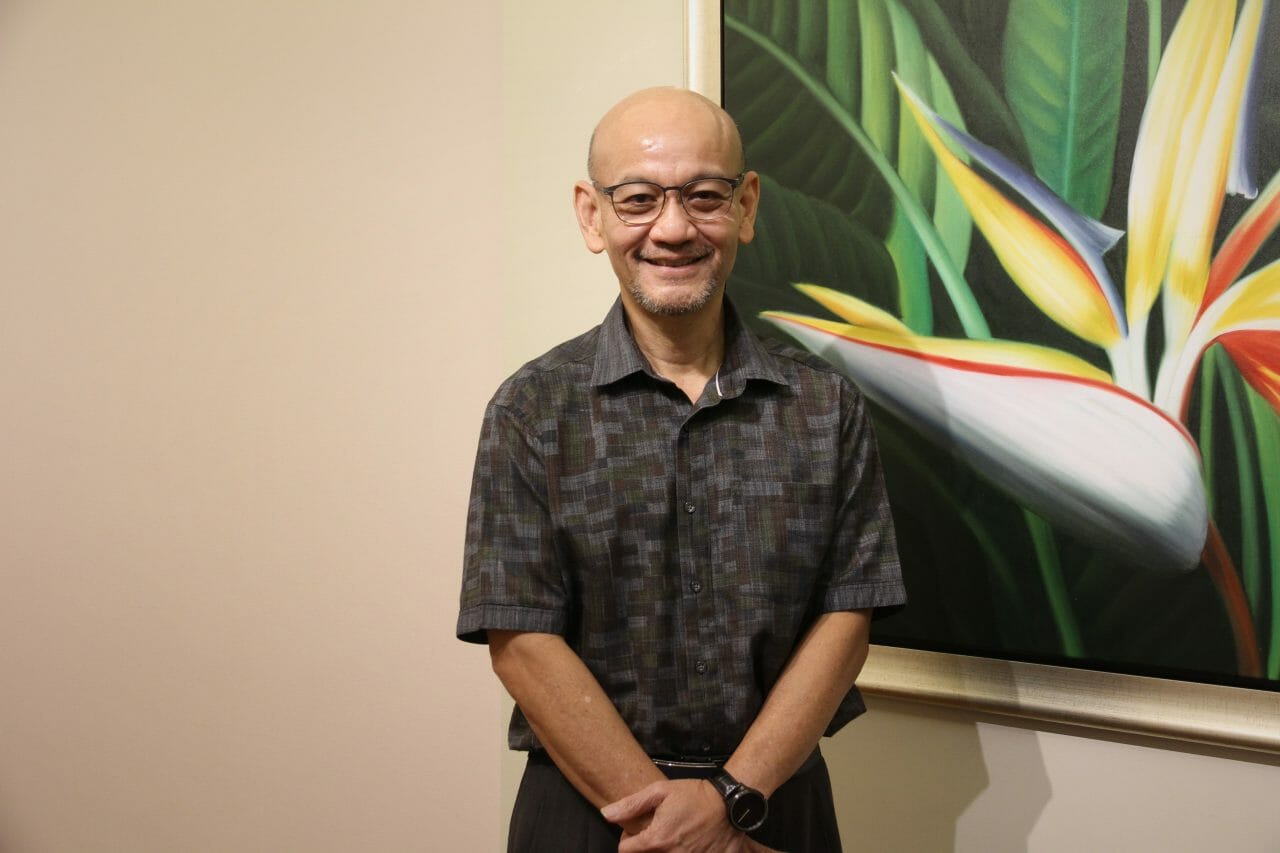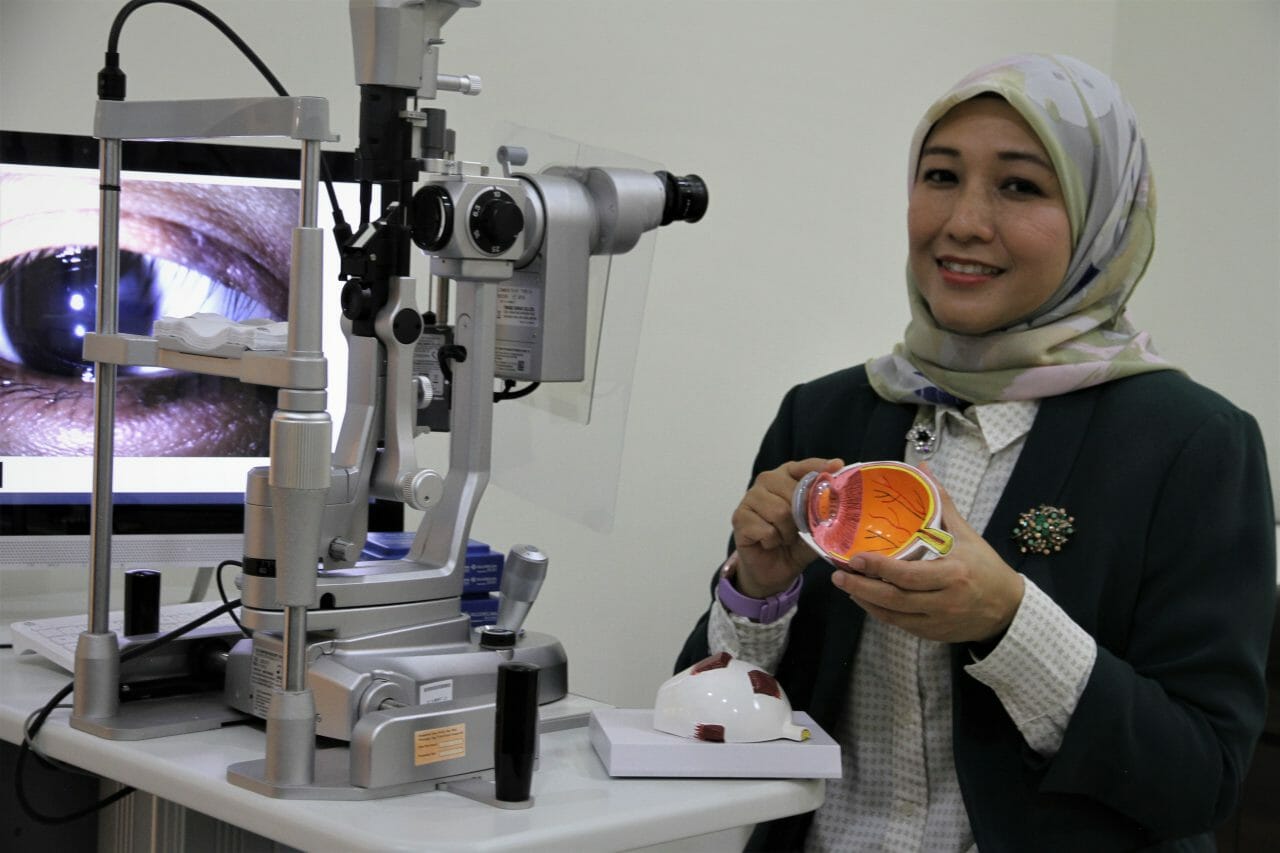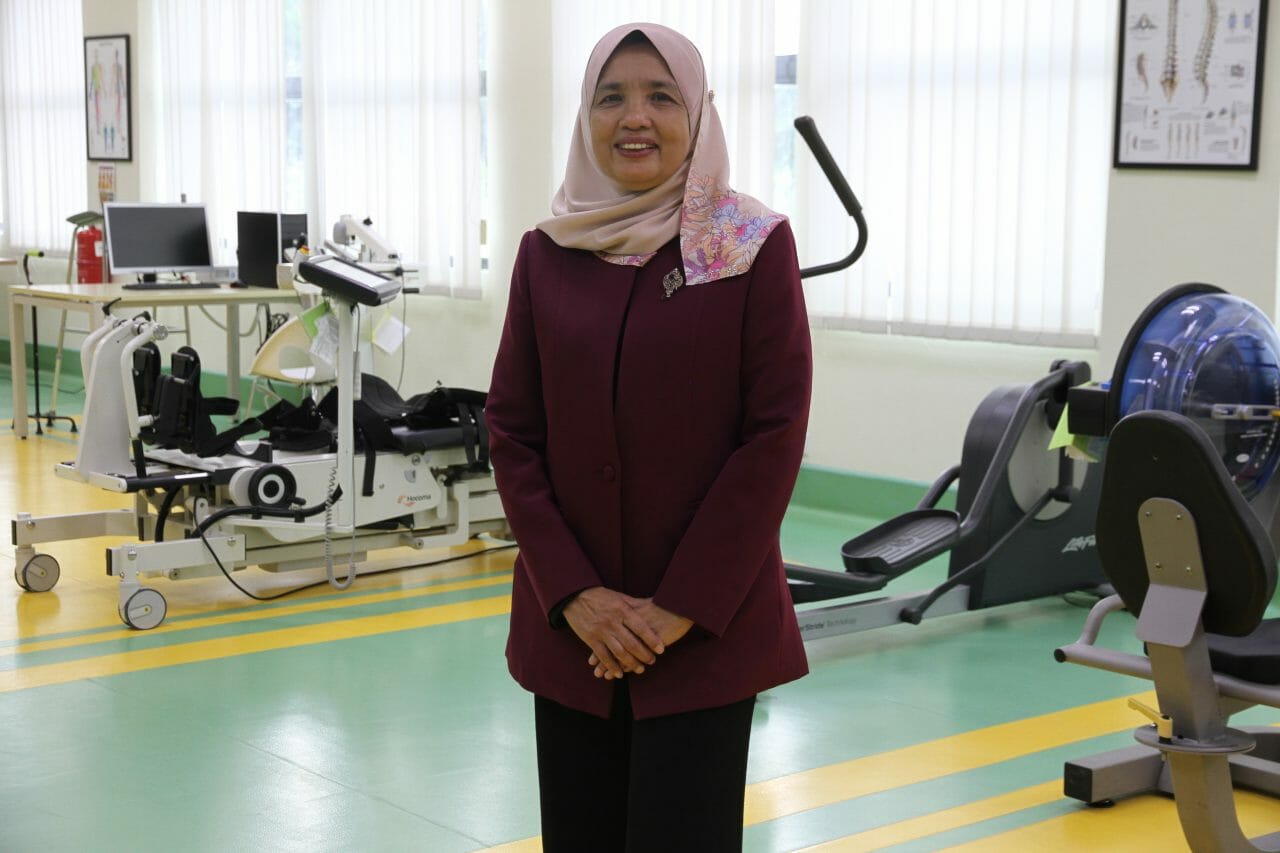BusinessToday speaks to Dr. Wong Chee Piau, Dr. Norazah Abd Rahman, and Dr. Nor Taayah Tunku Zubir, specialists from Ara Damansara Medical Center (ADMC) to shed light on visual impairment in children.
The common visual problems we know are usually the problems associated with the visual pathway from the image received in the retina to the processing center at the back of our brain (occipital lobe). However, another visual deficit has now been recognised which termed as cerebral visual impairment.
Cerebral visual impairment sometimes called cortical visual impairment or (CVI) is a disorder caused by damage to the other parts of the brain that help the normal visual pathway in finetuning the image we see with our eyes.
“Early identification is crucial so we can offer the right treatment to maximise the visual capabilities of the patients” Dr. Wong Chee Piau, a Consultant Paediatric and Paediatric Neurologist in ADMC says. It is believed many CVI have remained undiagnosed or misidentified as being blind.
What is CVI (Cerebral Visual Impairment)?
Cerebral Visual Impairment (CVI) is a disorder caused by brain damage that will lead to brain difficulties in processing, locating, and attending to their visual surroundings. It is also often mistakenly identified as blindness.
“In layman’s terms, CVI is when the eye can see but their mind is unable to make up what they have seen,” explains Dr. Wong. Unlike blindness, CVI cannot be diagnosed through a clinical eye examination.
CVI is common among premature babies and young children with brain injury. It is often identified when the child shows a slow reaction to visual cues. However, the condition may continue without being traceable.
Although more comprehensive studies on CVI have yet to be done, it is believed that the incidence of CVI is higher in developing countries due to the lack of awareness among healthcare practitioners and the lack of resources.
“Our understanding currently that CVI is permanent. However, through early intervention, vision rehabilitation, educational support, we can improve the condition to enable patients “see” better and more meaningfully,” Dr. Wong says.
Causes and contributing factors.
Any injury or insult such as trauma, infection, lack of oxygen or blood supply to the brain before or after birth can potentially cause CVI. CVI clinical spectrum are ranging from a mild to a more severe stage.
The identification and symptoms of CVI
According to Dr. Norazah Abdul Rahman, a Consultant Ophthalmologist, Paediatric Ophthalmologist, and Strabismus at ADMC, there are certain characteristics associated with CVI. The patients tend to demonstrate unusual behaviour that includes delay or slow visual response and difficulties to identify the visual complexity that may come in the form of an object, environment, or human faces.
A child with CVI also struggling with distance viewing and attracted to primary sources of light. In most cases they need light to assist them in viewing the target object.
“Children who suffered from CVI would not recognise unfamiliarity or novelty,” Dr. Norazah adds.
How is it diagnosed?
Vision in children matures in a progressive and orderly manner. Understanding this pattern is the first impression of identifying any signs of an abnormal vision behavior. These are typically done by a pediatric ophthalmologist or neurologist who understands the normal visual behavior and its’ correlations to the brain. They can therefore detect any deviation from the norm during the CVI assessments.
The CVI diagnosis and rehabilitation typically involve multiple specialties and expertise. Therefore, an integrated service involving several relevant departments such as those set up in HKL and Ara Damansara Medical Center is important not only to minimise the inconvenience but also to maximise the result.
Service delivery mechanism includes first stage assessment through interviews, observations, and direct evaluation of the children. This stage is to understand the limitation in vision to identify their disability to proceed to an intensive rehabilitation process.
The assessment can also determine the CVI severity and the need for therapy.
“Once we have confirmed that the patients have CVI, we will provide suitable treatment and rehabilitation,” Dr. Tunku Nor Taayah Tunku Zubir, a Consultant Rehabilitation Medicine Physician in ADMC says.
How do we address CVI?
Firstly, parents of children with CVI need to acknowledge that their children are facing a learning disability and not a behavioral problem. They need to understand the situation and adjust their expectations of their children.
“As we progress further to tackle this issue, we must actively advocate parents, teachers, society as well as health practitioners to bring more attention towards CVI. The core health professionals trained to cater to CVI cases are ophthalmologist, optometrist, occupational therapist, and neurologists. They can work cohesively to disseminate CVI-related information to the public,” Dr. Wong says.
The CVI patience may have to deal with other sensory issues. “Therefore, the role of physiotherapy, occupational therapy and speech therapy and the appropriate teaching methods through guidance from us is essential to ensure the best outcomes for children and family. This is because the child needs to work on their developmental, functional and communication,” Dr. Taayah says.
“More importantly, we need to motivate affected parents and children alike because dealing with brain damage, in any severity is challenging. In CVI, any small improvement is considered as good progress.” Dr. Nor Taayah adds.
“Insight is important, and thus ADMC integrated multidisciplinary departments serve as a one-stop center for getting various treatments and methods available to treat patients with CVI,” Dr. Nor Taayah concludes.












